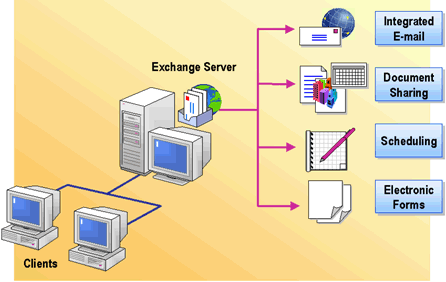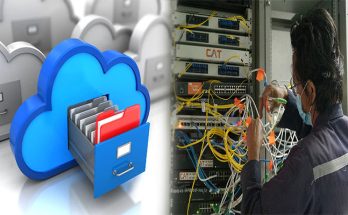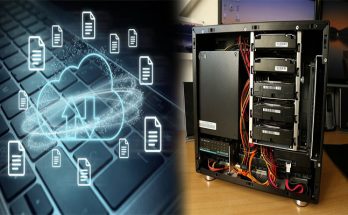 Answering these questions will give you a clear thought of the kind of server capabilities your enterprise needs. You can get started with a couple of 300 GB – 450 GB SAS tough drives in RAID 1 to run your host, virtual machines, and shared space if you want, but be sure your server will accommodate added future tough drives for storage. A major downside of tower servers is that they take up a lot more room than either rackmount or blade setups when you start adding more. Each virtual server runs its personal operating system, and the operating systems and the applications operating under them are entirely independent.
Answering these questions will give you a clear thought of the kind of server capabilities your enterprise needs. You can get started with a couple of 300 GB – 450 GB SAS tough drives in RAID 1 to run your host, virtual machines, and shared space if you want, but be sure your server will accommodate added future tough drives for storage. A major downside of tower servers is that they take up a lot more room than either rackmount or blade setups when you start adding more. Each virtual server runs its personal operating system, and the operating systems and the applications operating under them are entirely independent.
A cloud server has the advantage of simplicity (you won’t want IT employees to manage the server) and low initial expense (expense is on a monthly/annual subscription plan vs a massive outlay of money for server hardware and setup). Appropriate cable management can’t be overstated, as just about just about every piece of equipment in the rack is linked with Ethernet cables. Blade systems, like rack servers, demand a lot of active cooling (typically augmented by fans mounted inside the chassis). But for most small organizations a server room can be from a closet to the size of a tiny workplace space. The self-contained SRCOOL12K is capable of cooling a smaller room using its louvered vent. WorldGuard has lots of excellent functions and should really be installed on any public server seeking to safeguard itself from players who just want to destroy items.
Modern precision air-conditioning systems reliably appear following your IT. In contrast to comfort air conditioners, which offer air conditioning for offices, for example, they not only make certain the appropriate temperature, but regulate air humidity and therefore prevent electrostatic charge as well.
A small server may possibly appear identical on the outdoors to a desktop laptop or computer, but the two machines serve pretty different purposes. HP ProLiant BL460c G9 Blade Server – Larger than the BladeCenter unit above, this HP server supports up to two storage drives and plenty of memory. If you use a wireless router to share the connection with the rest of the property, that ought to be centrally situated, and the server plugged directly into it, wherever it is.
The innards of a difficult drive spin about thousands of instances per second, so it is quite likely that the tough drive will be the very first element of your server to fail, though you can generally count on a new drive for a handful of superior years at least.




